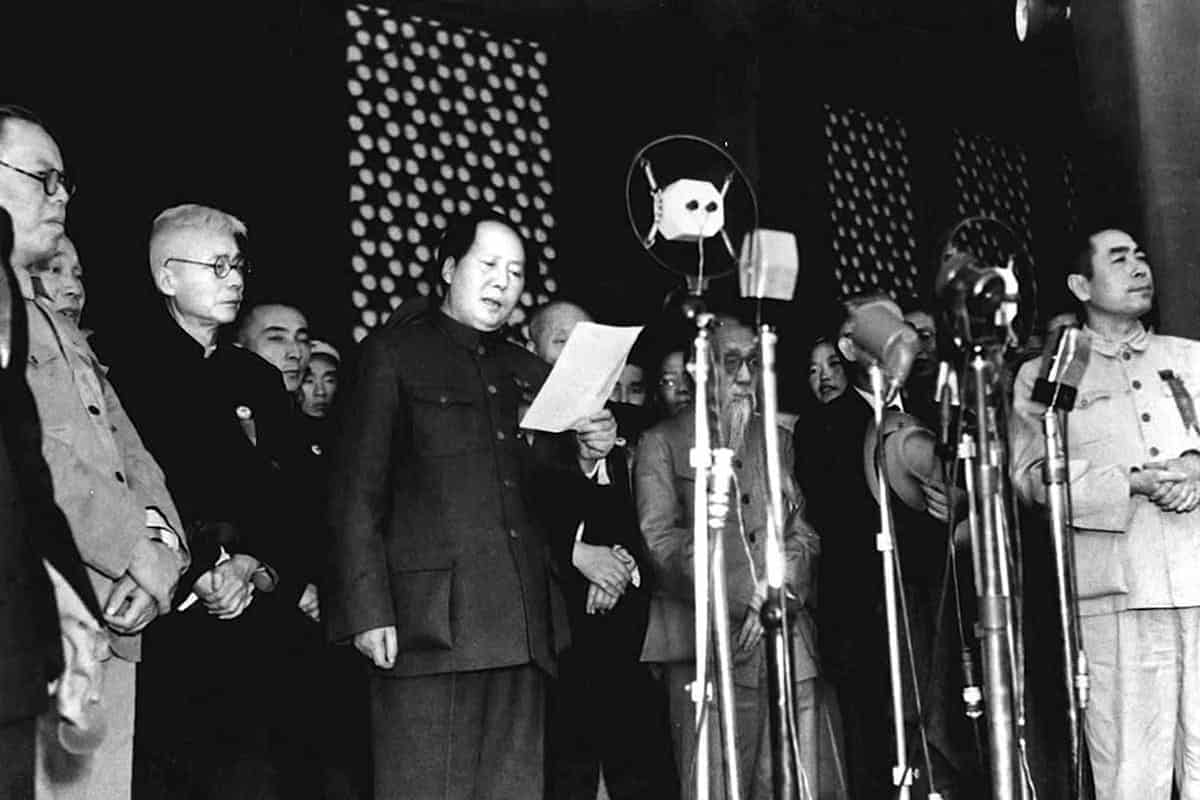People are complex, and historic events are usually even more so. As such, it is unsurprising that there are often aspects of historic figures and famous historic events that stand in jarring contrast to the conventional wisdom surrounding them. Following are thirty things that run counter to the conventional perception of historic people and events.

30. Perception vs Reality: Johnny Carson Was Not as Sweet as He Appeared
Johnny Carson, born John William Carson (1925 – 2005), hosted The Tonight Show on NBC for three decades from 1962 to 1992. During that time, he set the standard format and template that has been followed by TV chat shows ever since, including the guest couch and studio band. Carson was inducted into the Television Academy Hall of Fame, won a Peabody Award, and six Emmys. He also received a Kennedy Center Honor and the Presidential Medal of Freedom – America’s highest civilian award.

Carson worked hard to cement his perception as the funny and neighborly Midwesterner and perfected his friendly on-air persona. Americans rewarded Carson by welcoming him with open arms into their living rooms as the country’s favorite late-night host. However, when he was not in front of an audience, The King of Late Night Television, as Carson came to be known, was a bitter, bullying, and mean SOB. He was so awful that many famous figures boycotted his show – but quietly, out of fear that he might damage their careers. Wayne Newton, as seen below, was an exception.

